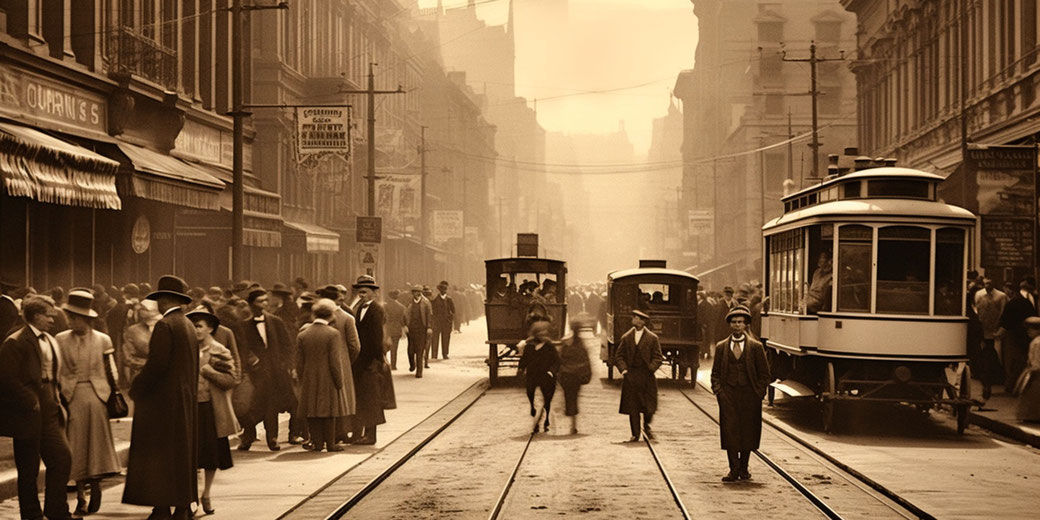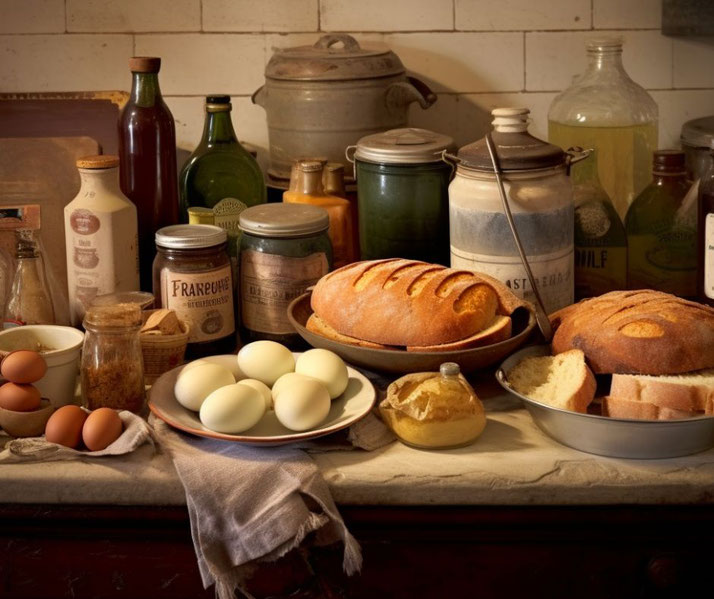Why were so many street names suddenly and dramatically changed in Australia during WWI?

During the First World War, many places in Australia changed their names. It appears that the main motivation was to show their loyalty to the British Empire and their clear opposition to Germany.
However, this was part of a wider trend of concerning anti-German sentiment that affected many countries involved in the war.
Reason 1: Xenophobia
One of the main reasons for renaming streets and towns was to erase the traces of German influence and presence in Australia.
Before the war, there were about 100,000 people of German origin living in Australia, mostly in South Australia and Queensland.
They had established many settlements, farms, churches and schools, and had contributed to the economic and cultural development of the country.
However, when the war broke out, they faced suspicion, hostility and discrimination from their fellow Australians.
Many were interned as enemy aliens, some were deported, and others had their property confiscated or vandalized.
Some were sacked from their jobs, while German-owned business were attacked or boycotted.
In general, their language and culture were suppressed and stigmatized.
Reason 2: Patriotism
Another reason for renaming streets and towns was to express solidarity with the Allied countries, especially Britain and France, and to commemorate their sacrifices and achievements in the war.
Many streets were named after battles, such as Gallipoli, Ypres, Somme or Verdun, or after political and military leaders, such as Kitchener, Joffre or Foch.
Some places also adopted names of Belgian or French origin, such as Belgian Gardens or Neuve, to show sympathy for the victims of German invasion and occupation.
Reason 3: Nationalism
A third reason for renaming streets and towns was to assert a distinct Australian identity and nationalism in the context of the war.
Many Australians felt proud of their participation in the war effort and their contribution to the Empire.
They also wanted to celebrate their own heroes and events that shaped their national consciousness, such as Anzac Cove or Simpson and his donkey.
Some places also chose names of Aboriginal origin, such as Murra Murra or Kalbar, to acknowledge the indigenous heritage and culture of Australia.
Examples of name changes
Here are some examples of Australian place names that changed from German names during or after the war:
- Bismarck Street (Canterbury) became Cressy Street
- Deutschland Street (Canterbury) became Onslow Street
- Germanton (New South Wales) became Holbrook
- Engelsburg (Queensland) became Kalbar
- German Gardens (Queensland) became Belgian Gardens
- Gramzow (Queensland) became Carbrook
Even food names were changed!
Similarly, many foods that had German names or associations were renamed or replaced by British or French alternatives.
For example, sauerkraut became liberty cabbage, frankfurters became little boys or dachshund sausages, hamburgers became rissoles or Salisbury steaks, Berliner doughnuts became Kitchener buns or Kitchener's kisses.
Then, some foods also reflected a sense of Australian patriotism and ingenuity, such as Anzac biscuits or bully beef.
A number of these name changes were temporary or reversed after the war.
Interestingly, various places also resisted or rejected the pressure to change their names, such as Hahndorf (South Australia) or Fassifern (Queensland).

What do you need help with?
Download ready-to-use digital learning resources
Copyright © History Skills 2014-2024.
Contact via email
With the exception of links to external sites, some historical sources and extracts from specific publications, all content on this website is copyrighted by History Skills. This content may not be copied, republished or redistributed without written permission from the website creator. Please use the Contact page to obtain relevant permission.





